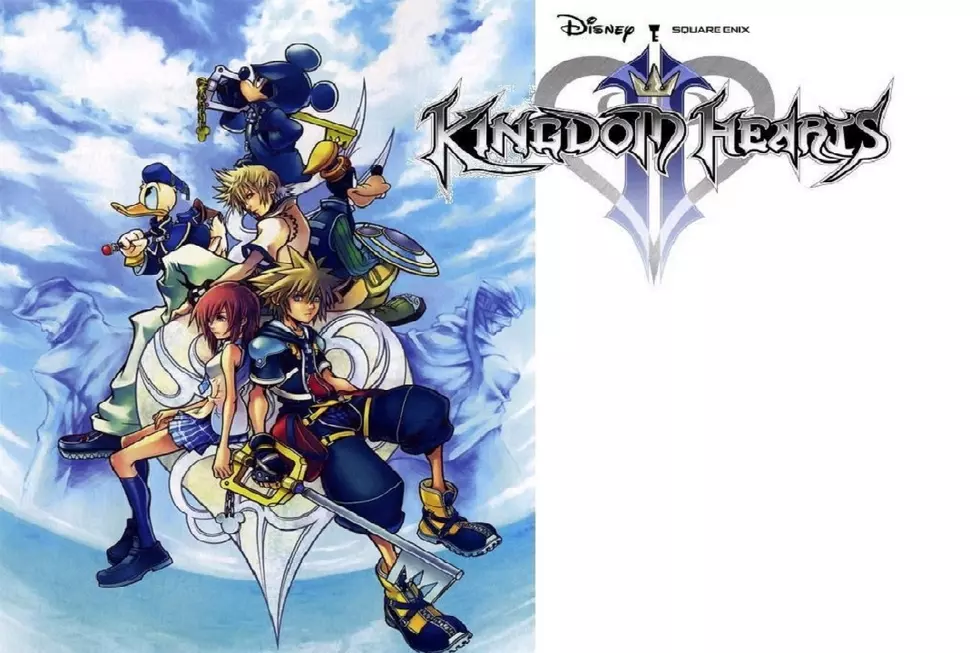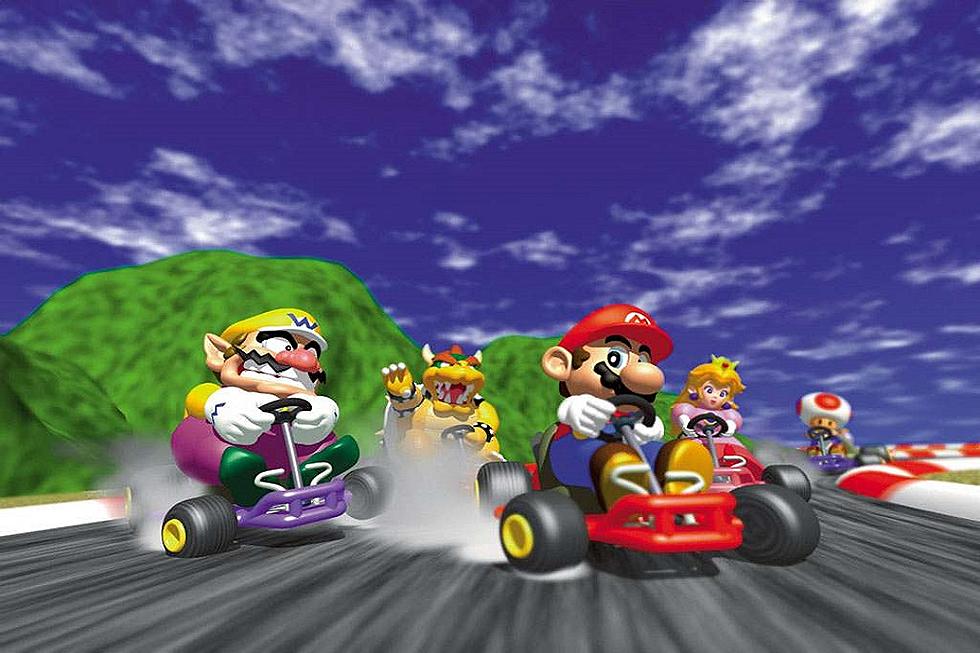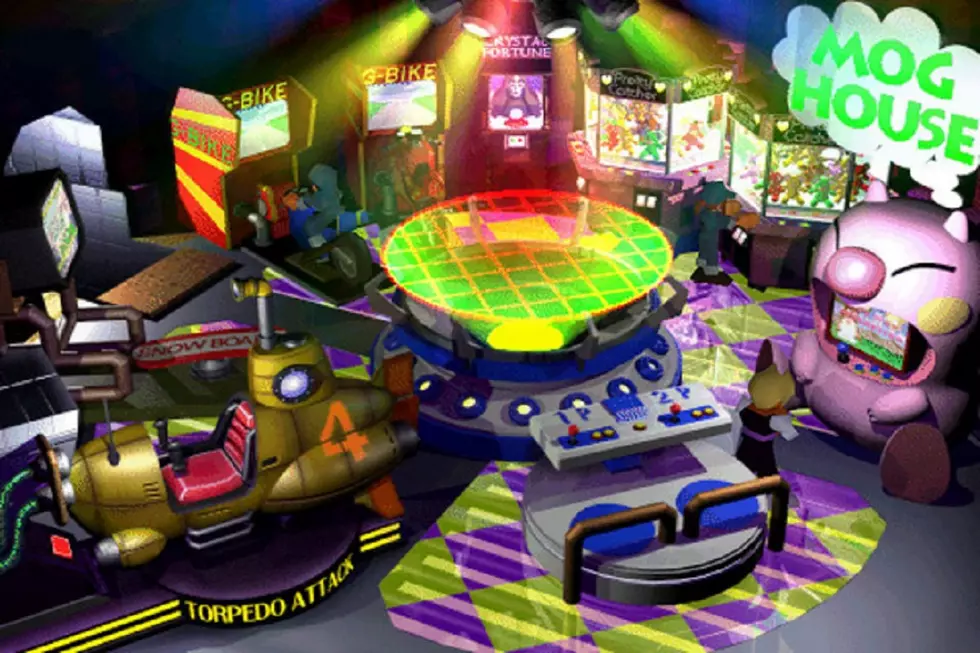
A Second Splash of Disney Magic and Final Fantasy: Celebrating Kingdom Hearts II
When we talk about brand crossovers in any sort of media, it’s always a sketchy question of licensing issues, getting the material correct, and presenting it in a way that’s new and enjoyable. Disney hadn’t been any stranger to video games for better and for worse, but when Square-Enix Final Fantasy character Tetsuya Nomura and producer Shinji Hashimoto reached out to Disney to create an action RPG themed around Disney characters and worlds, Kingdom Hearts was born and it became a match made in heaven. The game came out to critical acclaim and had a great spinoff follow it with Kingdom Hearts: Chain of Memories, but for the next core entry in the series, they needed to once again turn heads in a way that never had. Lucky for all of the series’ fans, they were up to the task. In 2006, the United States was about to fall in love all over again with Kingdom Hearts 2.
Development for Kingdom Hearts 2 was largely based around addressing player concerns from previous games and finally implementing features that were meant to be present before, but were absent due to time and resource constraints. The game saw a complete overhaul of the Gummi Ship system, introducing players to new on-rails missions that had to be completed in order to use the routes to some worlds. The missions play out in a way very reminiscent of Star Fox or Kid Icarus: Uprising levels. Furthermore, multiple ships could be gained throughout the game and powered-up. Once a mission is finished, travel through that route is unimpeded, but it made travel in Kingdom Hearts 2 much more engaging than its predecessors.
Combat in the game received two major updates in the form of Reaction Commands and the Drive Gauge which offered some of the series most iconic features. Reaction Commands are enemy-specific command attacks, pretty much playing out in the form of quick-time events that allow Sora to perform over-the-top attacks against his foes. The Drive Gauge introduced a special meter that, once filled enough, allows Sora to perform summons or more famously enter a Drive Form. In Drive Form, Sora merges with one or both of his party members to become more powerful and access greater abilities, not the least of which is dual-wielding two keyblades. These led to some of Sora’s most powerful and visually exquisite attacks in the game.
On top of gameplay enhancements, Kingdom Hearts 2 also pushed deep into the Final Fantasy and Disney IPs to bring beloved characters and worlds into the franchise for the first time. Kingdom Hearts 2 was the first to use Final Fantasy characters outside of those designed by Tetsuya Nomura, such as Final Fantasy IX’s Vivi. Additionally, a new system that allowed the developers to make 3D models from live-action pictures allowed them to include Disney’s live-action brands into the game. Not only did this mean the inclusion hugely popular Pirates of the Caribbean franchise, but also the classic sci-fi franchise, Tron.
Kingdom Hearts 2’s release was a resounding success. Within just three days, Square-Enix reported that the game had shipped one million copies in Japan, according to IGN, and Square-Enix later announced in their own press release that the game had sold one million copies in the United States as well. Often lauded as the best of the series and one of the top 10 games of 2006, Kingdom Hearts 2 spawned a manga, novelizations and was given an HD remake that was released in 2014. Most importantly, Kingdom Hearts 2 had once again proven that Square-Enix is capable of seamlessly blending Disney IPs with their own established franchises and original content to create a unique and broadly appealing gameplay experience. It was a refined formula that left its fans grasping ravenously at straws for another true sequel.
More From Arcade Sushi









